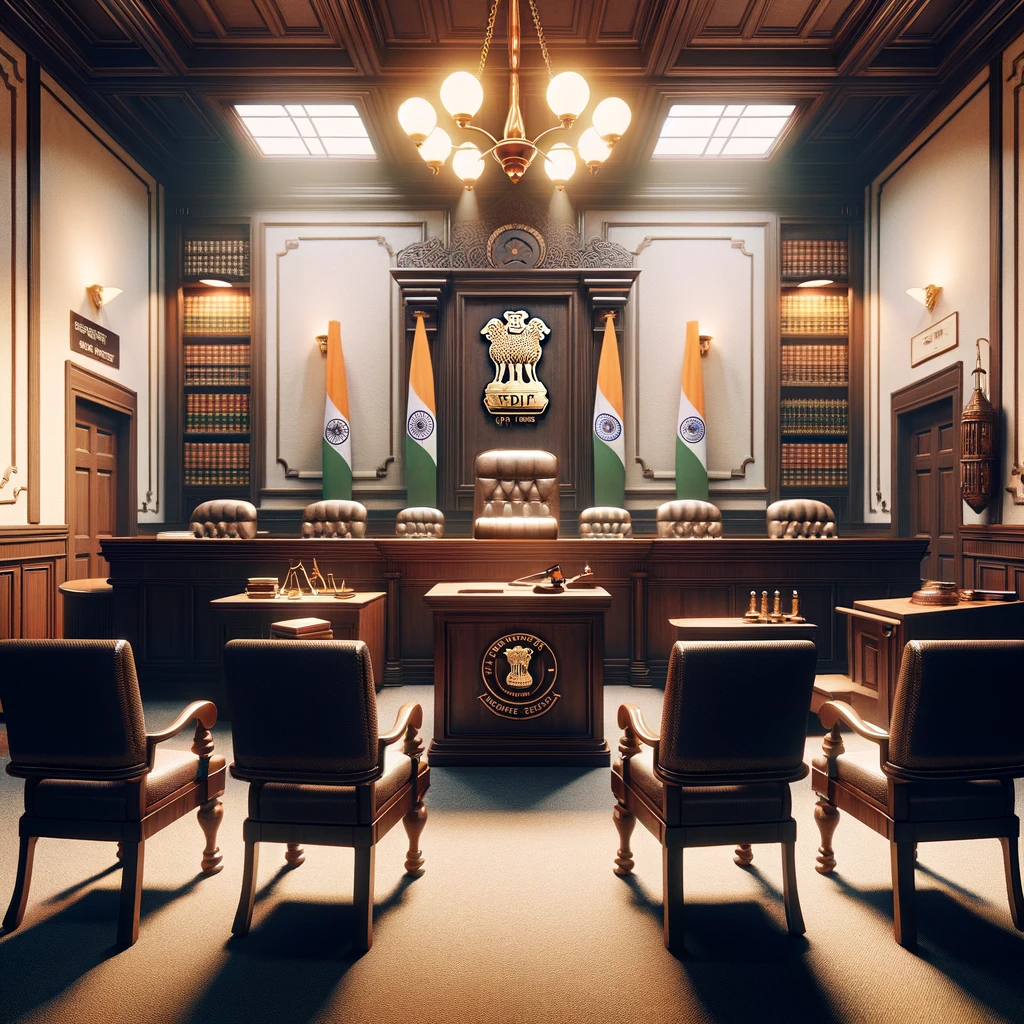Introduction
The Supreme Court of India resolved a matrimonial dispute involving Sukhjeet Kaur and Charanjit Singh Sandhu, culminating in a mutual consent divorce facilitated by the Court’s intervention under its constitutional powers. The case highlights significant judicial decisions regarding settlement agreements and the dissolution of marriage due to irretrievable breakdown.
Background
Sukhjeet Kaur and Charanjit Singh Sandhu had been living separately for over 12 years and faced prolonged legal disputes, including a divorce petition initially filed by Charanjit in the Additional District Judge’s court in Panipat. This petition was dismissed at the First Court level but later overturned by the High Court, which also involved an order for permanent alimony. Both parties eventually agreed to a settlement that included a substantial alimony payment and a mutual agreement to dissolve their marriage.
Key Arguments
The key arguments revolved around the terms of the settlement which proposed the dissolution of marriage and included a significant alimony arrangement. The parties sought the court’s assistance to formally recognize their settlement and dissolve the marriage without the mandatory waiting period, citing the long duration of their separation and the irreversible breakdown of their marriage.
Court’s Observations
The Supreme Court, under the bench of Justices Aniruddha Bose and Bela M. Trivedi, recognized the long-standing separation of the parties and the futility of continuing legal proceedings that would not salvage the marriage. The Court noted the comprehensive terms of the settlement and the mutual consent of the parties to end their marriage, highlighting the emotional and legal complexities involved in matrimonial disputes.
Court’s Decision
The Court waived the statutory six-month waiting period, invoking its powers under Article 142 of the Constitution, to allow immediate dissolution of the marriage based on mutual consent. This decision was aimed at reducing further emotional strain and legal expenses for both parties. The Court also set aside previous judgments and dismissed ongoing related legal proceedings as per the settlement terms, streamlining the legal landscape for both parties moving forward.
Conclusion
This case underscores the Supreme Court’s role in facilitating an amicable resolution in protracted matrimonial disputes. By using its constitutional powers, the Court not only expedited the legal process in consideration of the specific circumstances but also reinforced the importance of respecting personal decisions in marital relationships, particularly when both parties are in agreement.
Image Generation Request
Let’s create a unique image of an Indian court, reflecting the dignified and solemn environment where such important decisions are made.
References: https://indiankanoon.org/doc/30715249/
